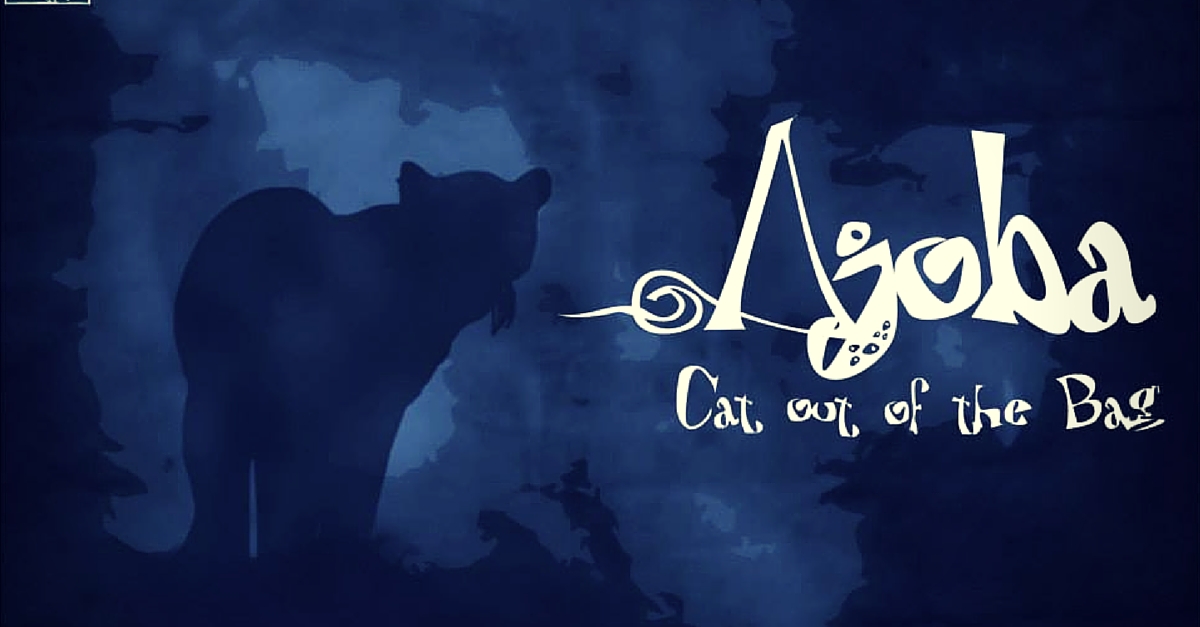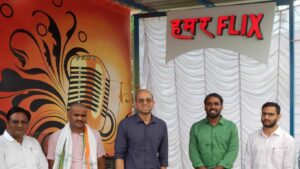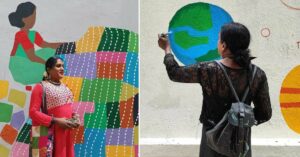This Hilarious but Thoughtful Comic Strip Tells the Story of the Leopard Who Became a Movie Star
Ajoba, the big leopard cat, made its way across the Sahyadris to Mumbai in 2009. His story is nothing short of a Bollywood action adventure film and Arjuna Srivathsa tells it with comic flair here.

You may have heard of Ajoba, the big cat that made its way across the Sahyadris to Mumbai in 2009. This true story was made into a Marathi film and Ajoba even has a Wikipedia page of his own. But you have never heard Ajoba’s adventure retold the way it is here, in the unique artwork of scientist Arjun Srivathsa. This is the second in his cartoon series (see the first one about elephants here).
Arjun Srivathsa is a 26-year-old alumnus of the graduate program in Wildlife Biology and Conservation at the National Centre for Biological Sciences, Bengaluru. Art has always been an integral part of Arjun’s life. “I have been drawing and painting ever since I was a child. And now, studying wildlife and making wildlife-themed artwork are two things I enjoy the most. Following my training as a scientist, one reality that struck me was that Indian wildlife biologists have been doing exceptionally high-quality scientific studies, but a major part of what they find or discover is never communicated to people,” he says.
“Historical evidence shows that wild animals have always been present across our landscape. The people of the land traditionally incorporated wild (and domestic) animals into their traditions and lores. Unfortunately, the methods we use today do not build on these traditions but are based almost only on the philosophy of exclusion. For instance, although old and new evidence suggests that leopards can reside in and around settlements and with low levels of conflict, the current method to deal with this has been their removal from their territories and release into forested landscapes. This is done even though studies have shown they come back, and that vacant territories are filled by other individuals. More disturbing is the fact that these captured and stressed animals can attack humans near the site of release. Thus, our intervention, based neither on the biology of the species nor the way Indians have traditionally viewed wildlife, is only worsening the problem,” says Dr. Vidya Athreya.
The story of Ajoba teaches us some basic truths. Animals are not very different from humans. They also love their home. They always keep trying to return, no matter how difficult the journey is.
Here we share one such journey: The story of Ajoba.











There will be other leopards and other journeys. There will be only one Ajoba.
Pocket Science India is a venture to combine wildlife science with art, to promote conservation awareness in India. The cartoons or cartoon-series are mostly information from scientific journal articles, translated into art panels.
Interview by Parikshit Suryavanshi. Inputs by Nishi Malhotra.
Like this story? Or have something to share? Write to us: [email protected], or connect with us on Facebook and Twitter (@thebetterindia).
This story made me
- 97
- 121
- 89
- 167
Tell Us More
We bring stories straight from the heart of India, to inspire millions and create a wave of impact. Our positive movement is growing bigger everyday, and we would love for you to join it.
Please contribute whatever you can, every little penny helps our team in bringing you more stories that support dreams and spread hope.



















